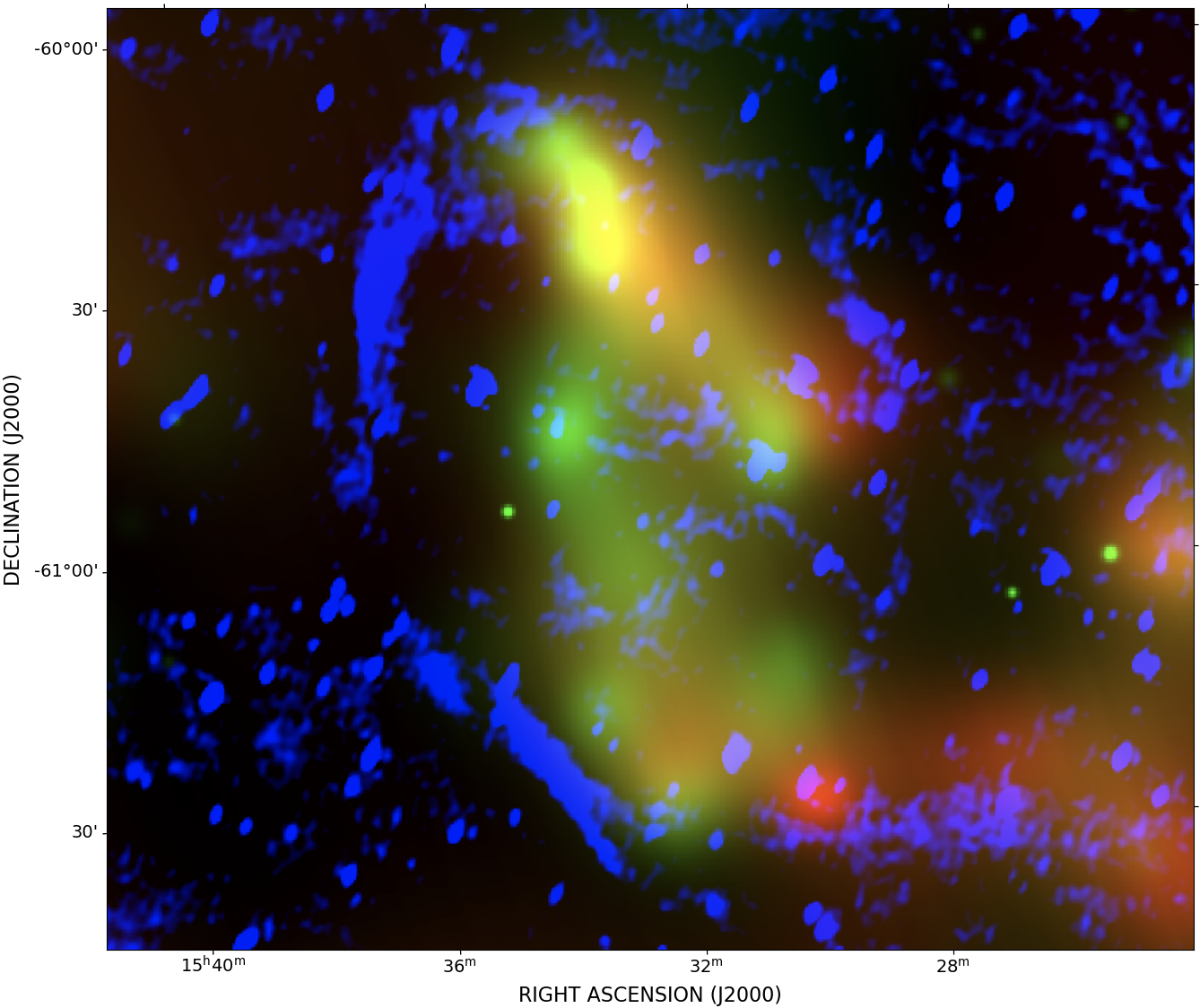AAL is proud to support Australian-based astronomers and institutions via the agreement that made this collaboration possible, signed between AAL and the German eROSITA Consortium (eROSITA-DE). Find out more about the collaboration here.
The fourth Australian/eROSITA-DE Joint Collaboration Workshop will be held between 25-27 March 2024, for more information please see AAL’s event page.
For more information on the latest data release, please see this Max-Planck Institute for Extraterrestrial Physics (MPE) press release.
eROSITA stands for extended Roentgen Survey with an Imaging Telescope Array. It is an X-ray instrument built for the Russian-German mission launched on the Russian Spekt-RG spacecraft on 13 July 2019.



